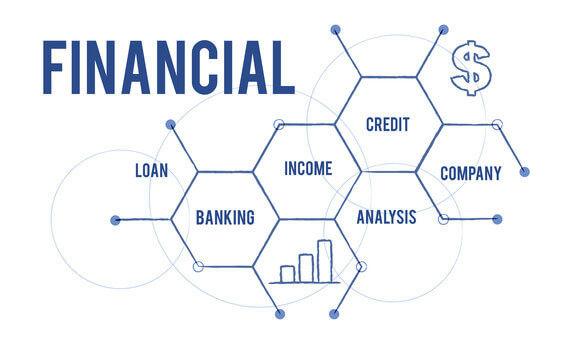Accounts are defined according to the following activities:
- Recording
- Classifying
- Summarizing
- Analyzing
- Interpreting
- Communicating
Recording
The method through which specified monetary transactions and events are entered into books
These Typically Would be:
Cash Book/Bank Book
Purchase and Sales Book
Bills Receivable and Bills Payable Book
Purchase and sales return books: Journal Book (Other than Above)
Classifying
Grouping is the process of categorizing and classifying transactions and/or data so that they may be handled more efficiently. The word “Ledger” is used to describe the book that stores monetary transactional information.
For Example, there may be separate account heads for Sales, Purchases, GST, Salaries, Rent, Office Expenses, Taxes Paid, Advertisement expenditures, etc.
Summarizing
Summarizing and displaying financial data such that it may be used by a broad variety of internal organizations, business establishments, investors, auditors, compliance needs, and external stakeholders.
This leads to the preparation of the following financial statements:
1. Trial Balance ( General Ledger)
2. Profit and Loss Account
3. Balance Sheet
4. Cash Flow Statement
Analysis & Interpretation
Methods of assessing (analysis) a company’s financial health and profitability through the examination and interpretation of relevant financial data.
The financial statement should explain not only:
1. What happened but also
2. Why it happened and also
3. What is likely to happen under specified conditions?
Communicating
It is about getting information that has been analyzed and interpreted by the people who need it so they can make smart decisions.
This covers the drafting and distribution of accounting statements as well as annual reports.
BASIC ELEMENTS OF FINANCIAL POSITION
The Accounting Equation
WHAT ARE ASSETS?
In business, assets are everything that has the potential to be exchanged for cash quickly or to create revenue.
It is helpful in settling any expenditure or obligation incurred by the corporate organization.
Properties that are owned and have a monetary value.
Eg: Cash, Inventory, Buildings, and Equipment
WHAT ARE LIABILITIES?
The economic value of an obligation or debt that is payable by the enterprise to another establishment or individual is referred to as liability.
Liabilities, in other words, are debts that arise from past business dealings and must be paid for out of the company’s assets.
Amounts owed to outsiders, such as notes payable, accounts payable, bonds payable.
DIFFERENCE BETWEEN ASSETS AND LIABILITIES
| Assets | Liabilities |
| What does it mean? | |
| Assets are items possessed by a business that will provide it benefits in the future. | Liabilities are items that are obligations for a business |
| Impact of Depreciation | |
| Assets are depreciable in nature | Liabilities are non-depreciable in nature |
| Formula used | |
| Assets = Liabilities + Shareholder’s Equity | Liabilities = Assets – Shareholder’s Equity |
| Impact on cash flow | |
| It is responsible for the generation of cash flow for a business | It is responsible for the outflow of cash from a business |
| Different Types | |
| The different types of assets are tangible, intangible, current, and noncurrent | The different types of non-current liabilities are long-term (non-current) and current liabilities |
| Examples | |
| Cash, accounts receivable, Goodwill, Investments, Building, etc., | Accounts payable, Interest payable, Deferred revenue, etc. |
Golden Rules of Accounting
Personal
There is no closing balance, and there is only one account, which does not have any categorization.
When the business is given anything, the account has to be credited, and when it gets something, the account needs to be debited.
Real
When a business takes possession of anything, such as an Asset, the company’s account must be debited to reflect the transaction.
when the business is giving something out then the account will be credited.
Nominal
Expense, Gain, losses & revenue accounts
It is necessary to make a debit to the account if the company sustains a loss or is subject to a cost.
If the business has a profit or is successful in generating revenue, then the account ought to be credited.
Meaning of Debits and Credits
| Debit | Credit |
| Positive (+) +40 | Negative (-) – 50 |
| Come | Go |
| Receive | Give |
| Receiver | Giver |
| Deposit | Withdraw |
| Increasing | Decreasing |
Classified what it is?
| What (Real) | Who (Personal) | Why (Nominal) | |
| Examples | Goods, Furniture, Money | Firm, Person, Company | Interest, Commission, Discount |
| Debit | Comes In | Receiver | For Expenses |
| Credit | Goes Out | Giver | From Income |
| Balance Sheet | Profit & Loss |



